The Library of Alexandria and the Rediscovery of Knowledge
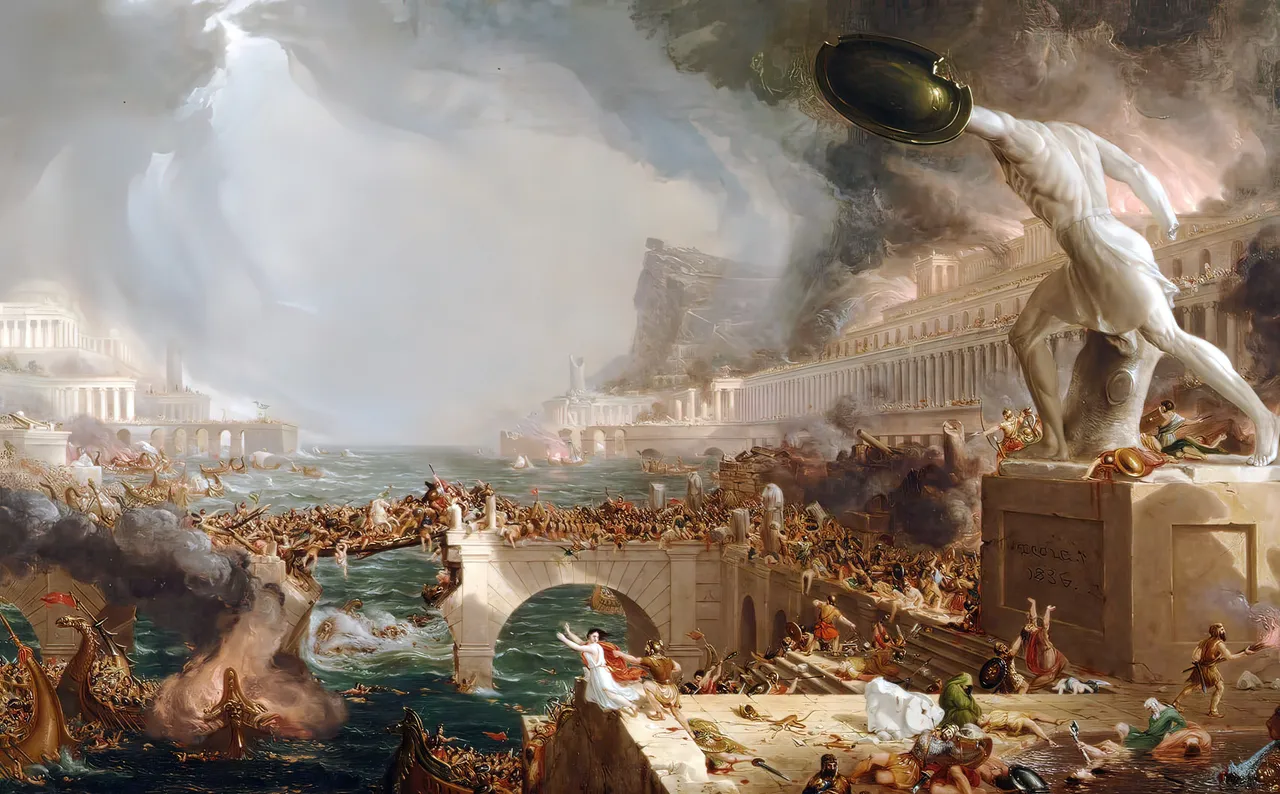
If I could go back in history at any time, one place I would love to visit is the Library of Alexandria during its golden age. The Great Library of Alexandria in Alexandria, Egypt, was one of the ancient world's largest and most important libraries. The Library was part of a larger research institution called the Mouseion, which was dedicated to the Muses, the nine goddesses of the arts.
Despite the widespread modern belief that the Library of Alexandria was burned once and cataclysmically destroyed, the Library declined gradually over several centuries. This decline began with the purging of intellectuals from Alexandria in 145 BC during the reign of Ptolemy VIII Physcon, which resulted in Aristarchus of Samothrace, the head librarian, resigning from his position and exiling himself to Cyprus.
The Library, or part of its collection, was accidentally burned by Julius Caesar during his civil war in 48 BC. It is unclear how much was destroyed, and it seems to have either survived or been rebuilt shortly after that. The geographer Strabo mentions having visited the Mouseion in around 20 BC. The prodigious scholarly output of Didymus Chalcenterus in Alexandria from this period indicates that he had access to at least some of the Library's resources.
It amazes me how little Americans know of the ancient world. The primary school curriculum is absurdly biased, making it appear that the rest of the world was waiting on the European Renaissance. The 14th–17th century Renaissance was primarily a rediscovery of knowledge lost to history. The word ‘renaissance’ is French and comes from the Latin ‘rinascere,’ which means “to be reborn.” The European Renaissance was primarily a rediscovery of knowledge lost to history. Below are a few things that you probably did not learn in school.
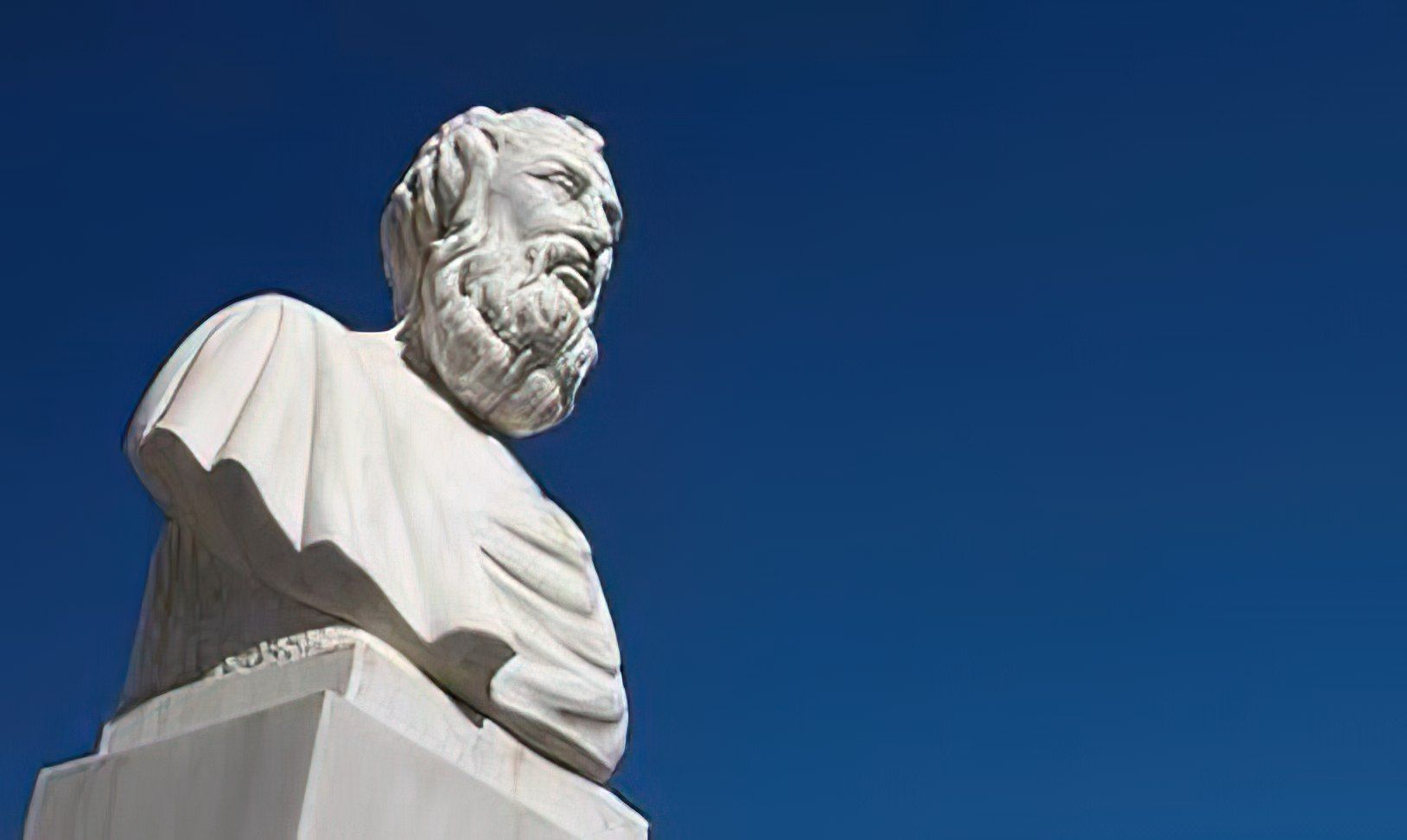
Aristarchus of Samos lived in the 4th century BC and proposed that the sun – not the earth – was the center of the universe. This idea is also known as the heliocentric theory. You likely learned that Copernicus first proposed this idea; he was about 1,800 years late. As a side note, Aristarchus also predicted the stellar parallax.
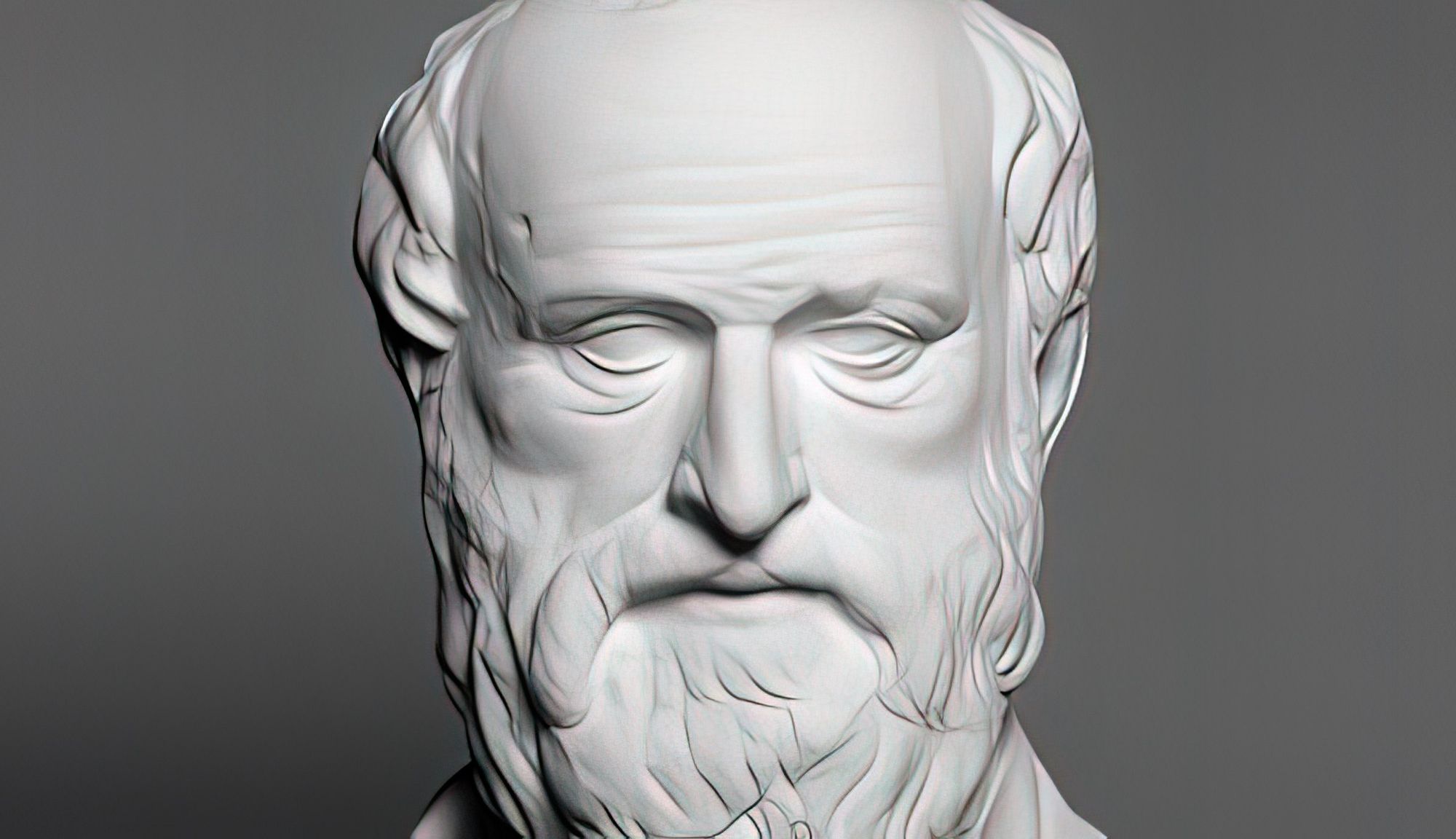
Eratosthenes was a Greek scholar of the third century BC and the chief librarian of the Great Library of Alexandria. He was the first person to calculate the circumference of the earth. Eratosthenes not only deduced that the Earth was round but measured how big it was. He was the first to calculate the tilt of the Earth’s axis (also with remarkable accuracy). Aristarchus made the first calculation of the Earth-Sun distance in about 300BC. He did it by measuring the angular separation of the Sun and Moon (his results, however, were incorrect by a factor of about 20). Eratosthenes also created the first map of the world, incorporating parallels and meridians. In other words, he invented a system of latitude and longitude. Until Christopher Columbus sailed to America 1,700 years later, many Europeans still believed that the Earth was flat (though it was not as widespread as most people think).
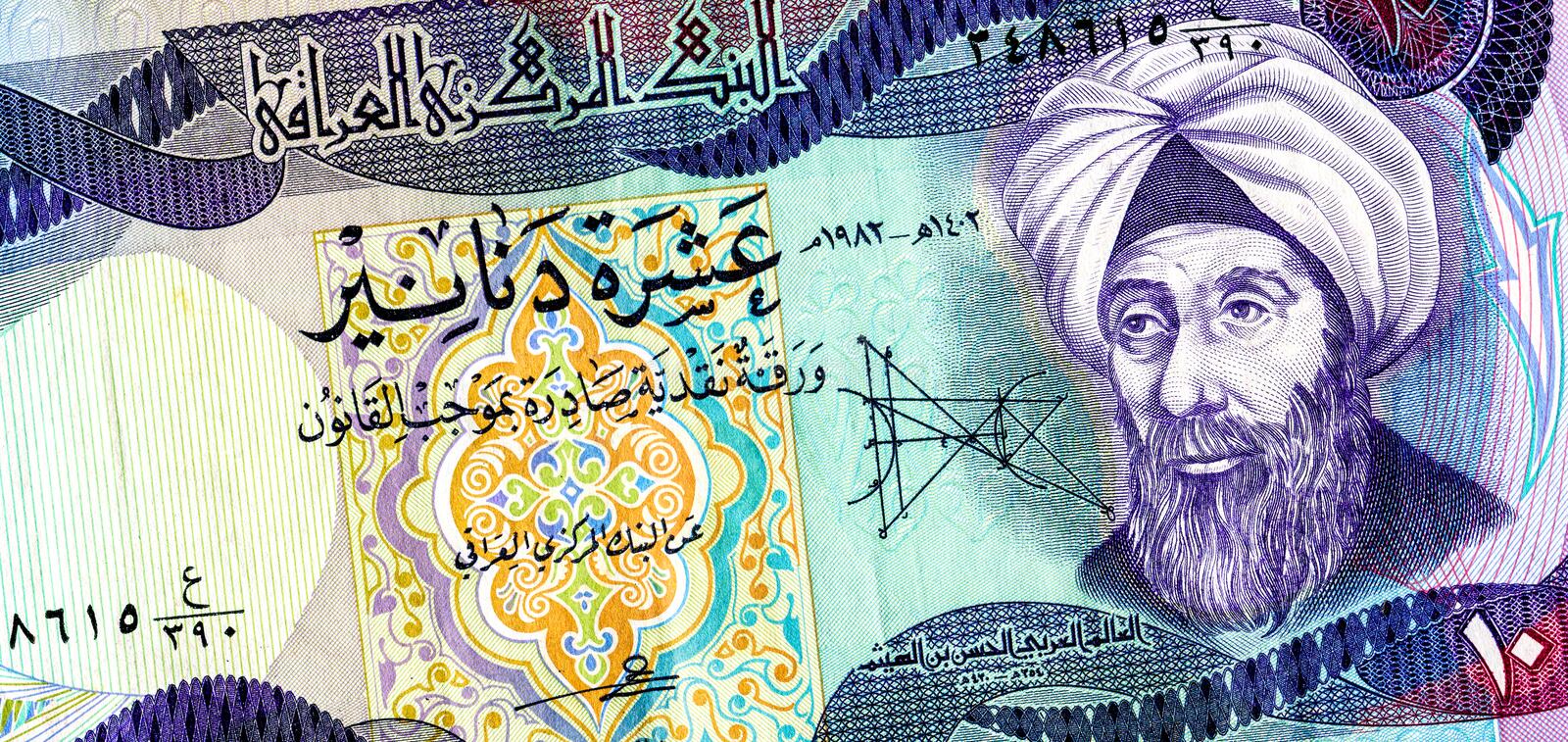
Born in 965, Ibn al-Haytham (Alhazen) was an early proponent of the concept that a hypothesis must be supported by experiments based on confirmable procedures or mathematical evidence—an early pioneer in the scientific method five centuries before Renaissance scientists. On account of this, he is sometimes described as the world's "first true scientist." He created a theory of attraction between masses. That’s right, Alhazen's work anticipated the later discovery of the force of gravity. He wrote that a body moves perpetually unless an external force stops it or changes its direction of motion. You probably know this as Newton’s First Law of Motion or F=ma. Galileo read about Alhazen's work and, 600 years later, repeated Alhazen’s work experimentally. Alhazen also created a comprehensive theory of optics that included telescopic lenses. Again, it would take Newton and Galileo several centuries to rediscover this.
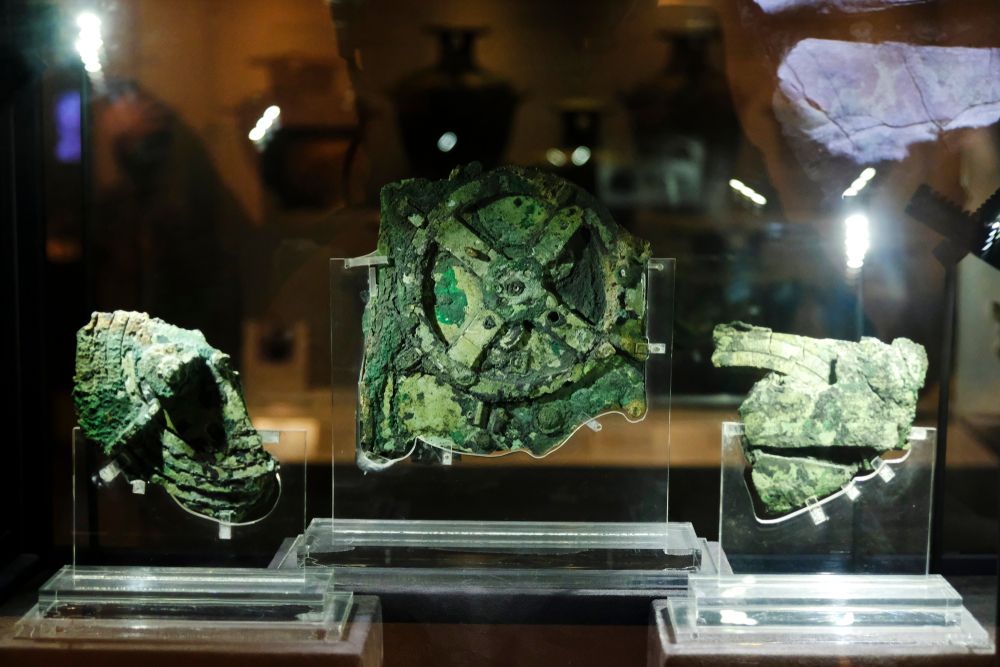
When was the first complex scientific calculator invented? 1940, 1950? How about early 1st century BC. A device called the Antikythera mechanism was discovered by accident in a shipwreck off the coast of Greece. Technological artifacts of similar complexity and artistry did not reappear until the 14th century when mechanical clocks were built in Europe.
- Between 1100 and 1165, Hibat Allah Abu’l-Barakat al-Baghdaadi discovered a theory of motion distinguishing between velocity and acceleration and showing that force is proportional to acceleration rather than velocity.
- I learned that the steam engine was invented by James Watt in 1769? The first person to create the steam engine, around 200 BC, called the aeolipile, was Hero of Alexandria. Even earlier, Vitruvius was the first to describe the engine in his De Architectura.
- In 875, according to witnesses, Abbas Ibn Firnas became the first man in history to fly successfully. He built his glider and launched himself from a mountain. The flight was largely successful and widely observed by a crowd he had invited. Although Firnas injured his back landing, eye witnesses estimated his flight time to run for over ten minutes. The Wright brother's first airplane was also a glider (based on the work of others). In 1902, in what is considered a significant milestone, the Wright brothers achieved their first sustained flight, and it lasted 26 seconds.
- In the 13th century, the Chinese invented the first rockets for use as weapons in China. In 1798, Tipu Sultan, the King of the state of Mysore in India, developed and used iron rockets against the British Army. In 1803, the British developed rockets based on Indian designs.
- Steel is not a new invention. The earliest known steel production is a 4,000-year-old piece of ironware excavated from an archaeological site in Anatolia (Kaman-Kalehoyuk). The Haya people of East Africa invented a type of high-heat blast furnace which allowed them to forge carbon steel at 1,802 °C (3,276 °F) nearly 2,000 years ago. Evidence of the earliest production of high carbon steel was found in Sri Lanka around 300 BC. The first steel production came to Europe in the 17th century.
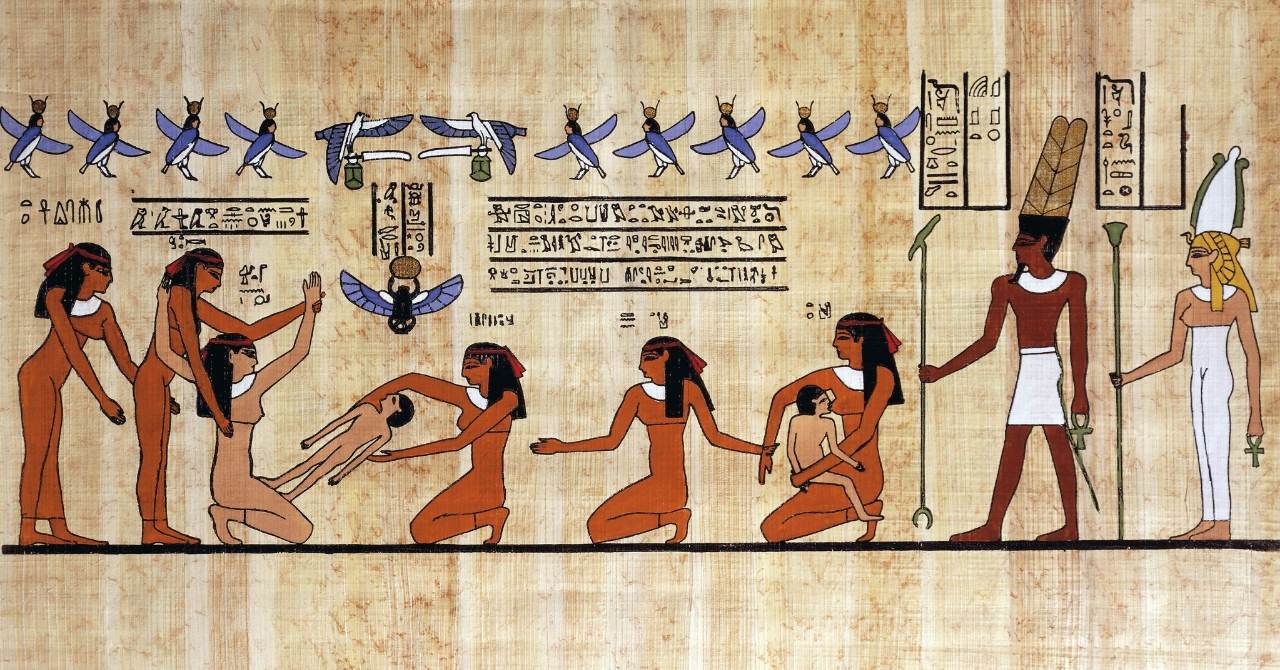
Around 1550 BC, the Ebers Papyrus makes mention of clinical depression. This Papyrus is the oldest and most important medical papyri of ancient Egypt – circa 1550 BC. It would not be until 1855, when Herbert Spencer published “Principles of Psychology,” that the modern era of psychology was ushered in. Though the Ebers Papyrus also contains hundreds of magical formulas and remedies, it also recognized many diseases such as cancer that are still uncured 3,500 years later.
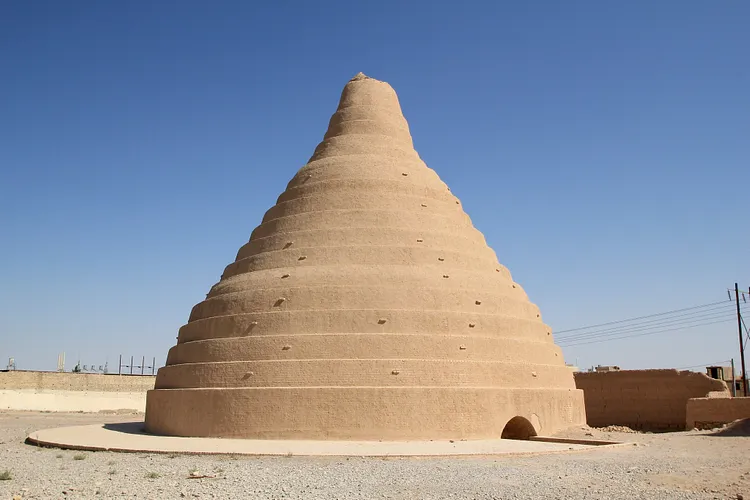
In 500 BC, the first refrigerator (yakhchal) is invented in ancient Persia. The structure of the yakhchal was formed from a mortar resistant to heat transmission in a dome shape. Snow and ice were stored beneath the ground, effectively allowing access to ice even in hot months and allowing prolonged food preservation. In 1803 modern Europeans invented the “domestic icebox."
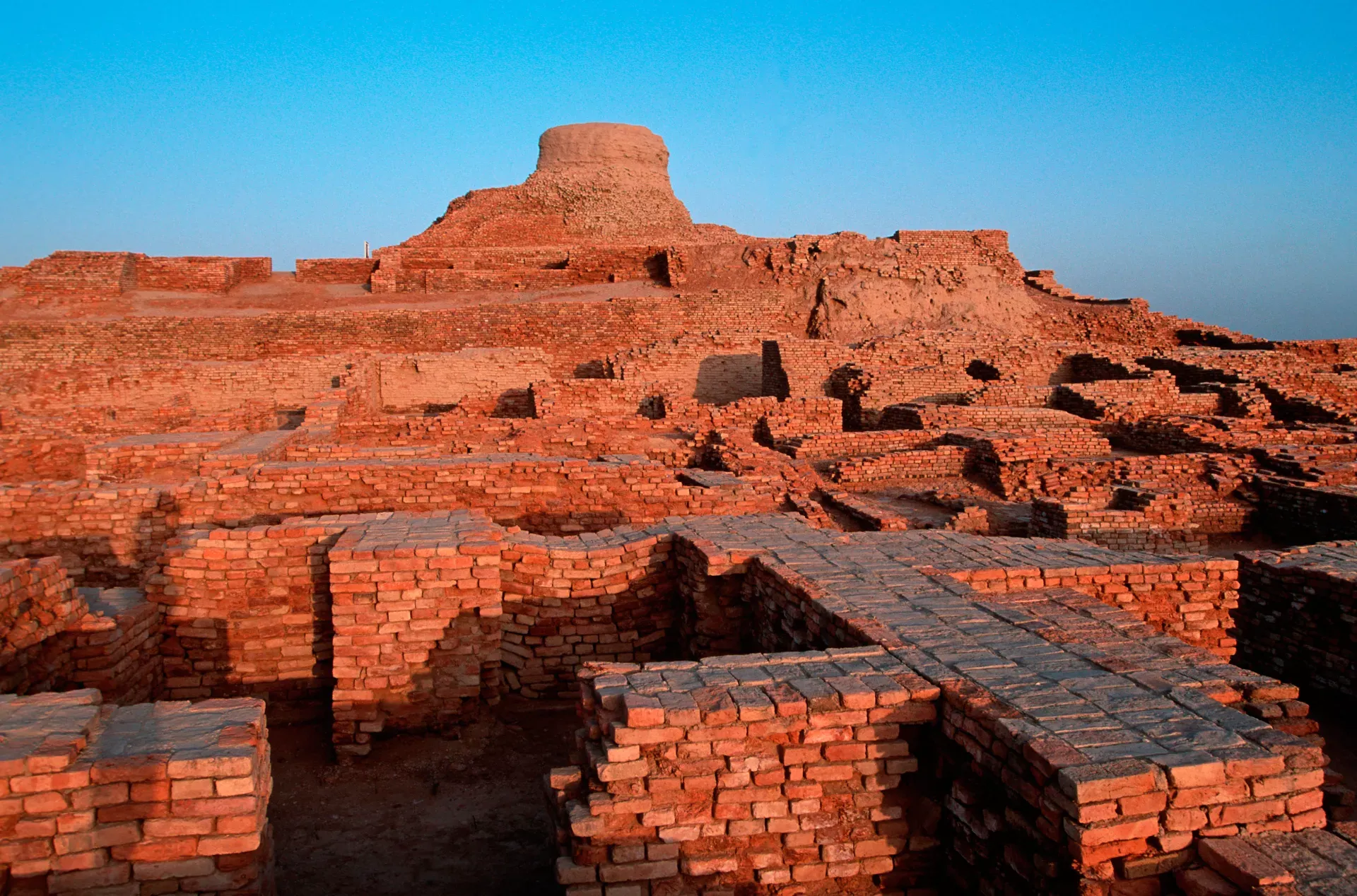
The Indus Valley Civilization, situated in a resource-rich area, is notable for its early application of city planning and sanitation technologies. Ancient India was also at the forefront of maritime technology—a panel found at Mohenjo-daro depicts a sailing craft. Indian construction and architecture, called ‘Vaastu Shastra,’ suggests a thorough understanding of materials engineering, hydrology, and sanitation.
- The Chinese were responsible for numerous technological discoveries and developments. China's significant technical contributions include early seismological detectors, matches, paper, cast iron, the iron plow, the multi-tube seed drill, the suspension bridge, natural gas as fuel, the magnetic compass, and the raised-relief map, the propeller, the crossbow, and gun powder.
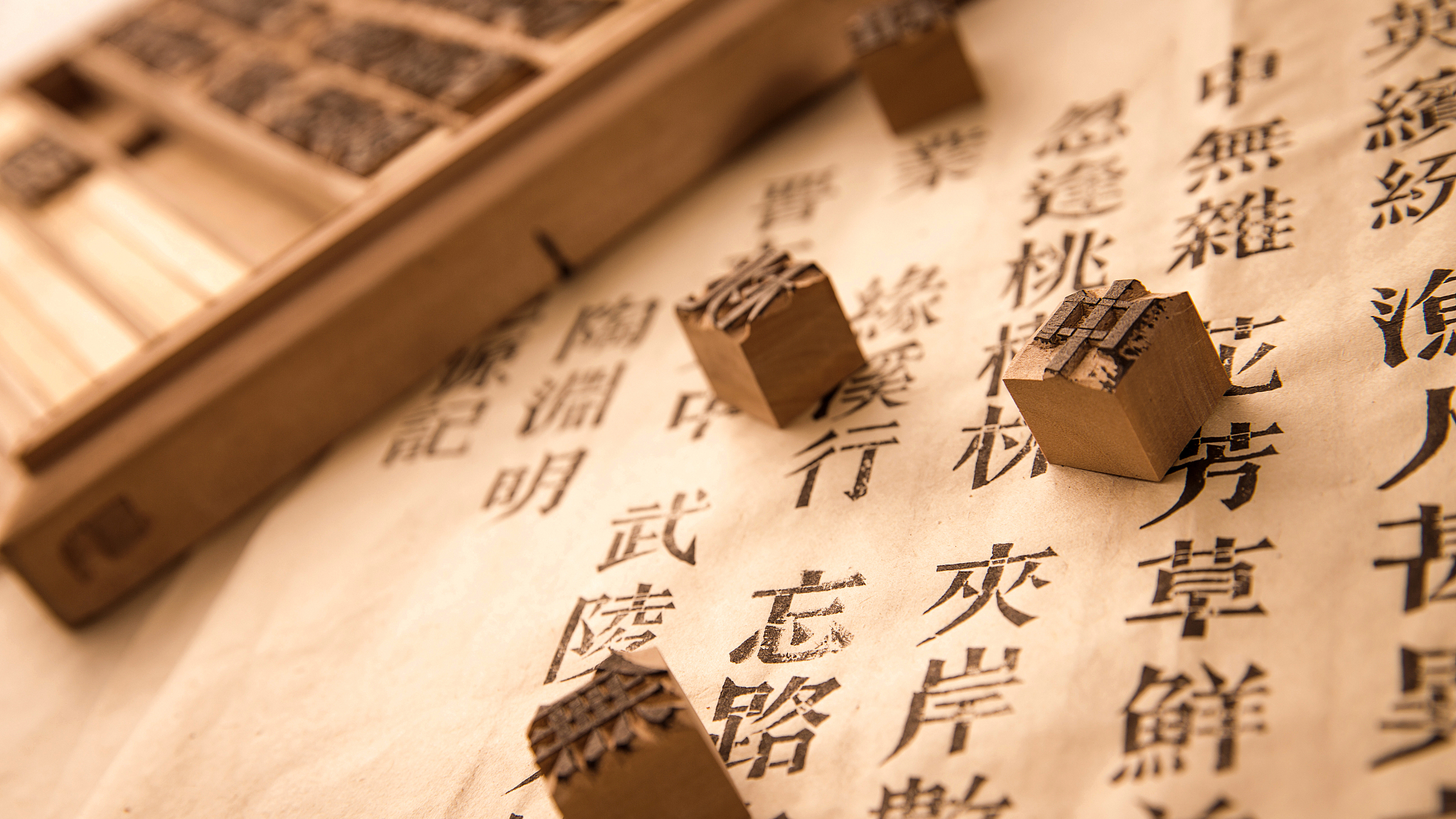
In 1088, the Movable type was invented in China by Bi Sheng, not in the 15th century by Johannes Gutenberg. To learn more, read So, Gutenberg Didn’t Actually Invent Printing As We Know It.
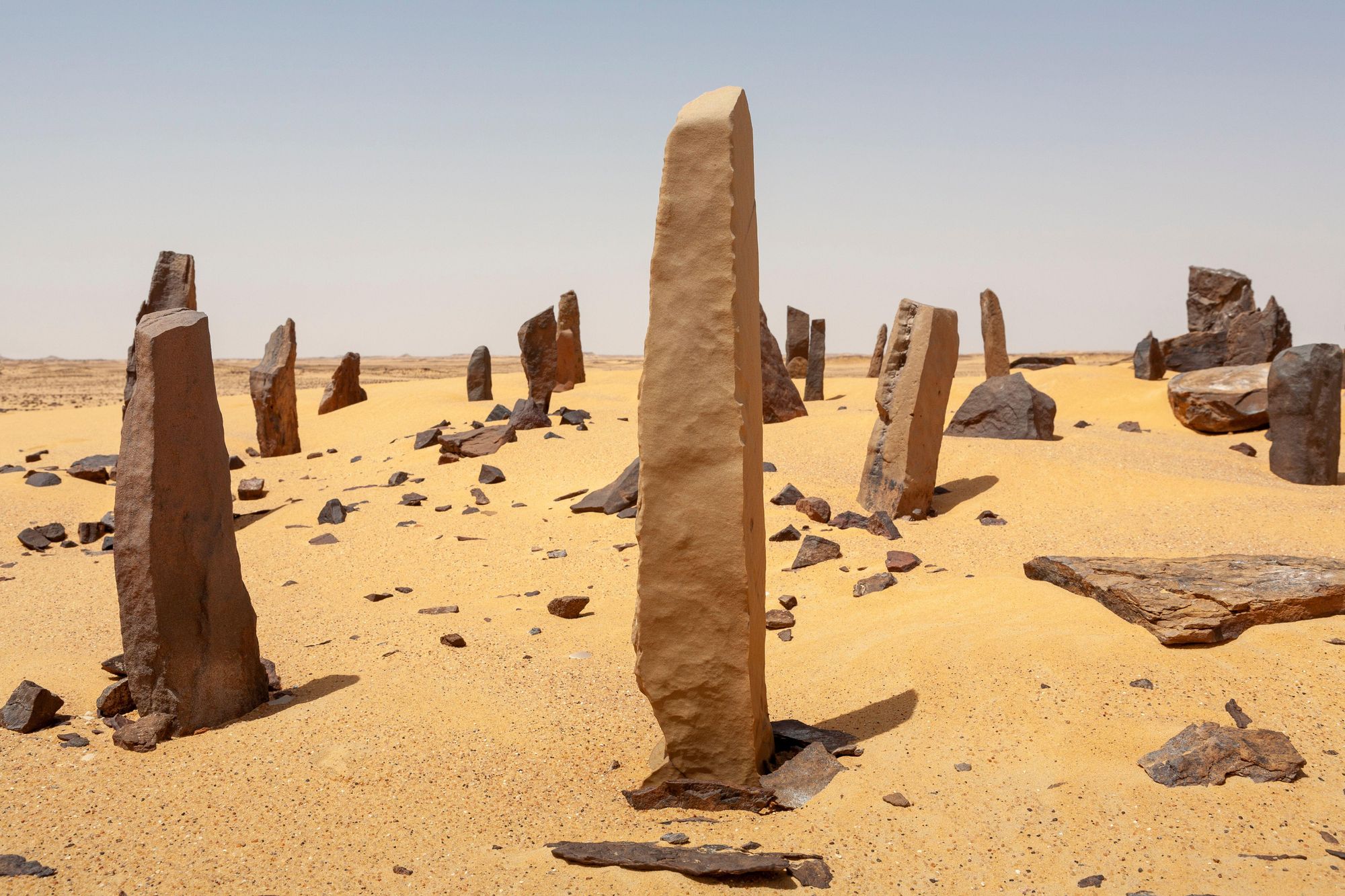
The oldest known astronomical site is a stone circle that tracked the summer solstice and the arrival of the annual monsoon season. It's not Stonehenge, it's Nabta Playa. Located in Africa, Nabta Playa stands some 700 miles south of the Great Pyramid of Giza in Egypt. It was built more than 7,000 years ago, making Nabta Playa the oldest stone circle in the world — and possibly Earth’s oldest astronomical observatory. It was constructed by a cattle worshiping cult of nomadic people to mark the summer solstice and the arrival of the monsoons.
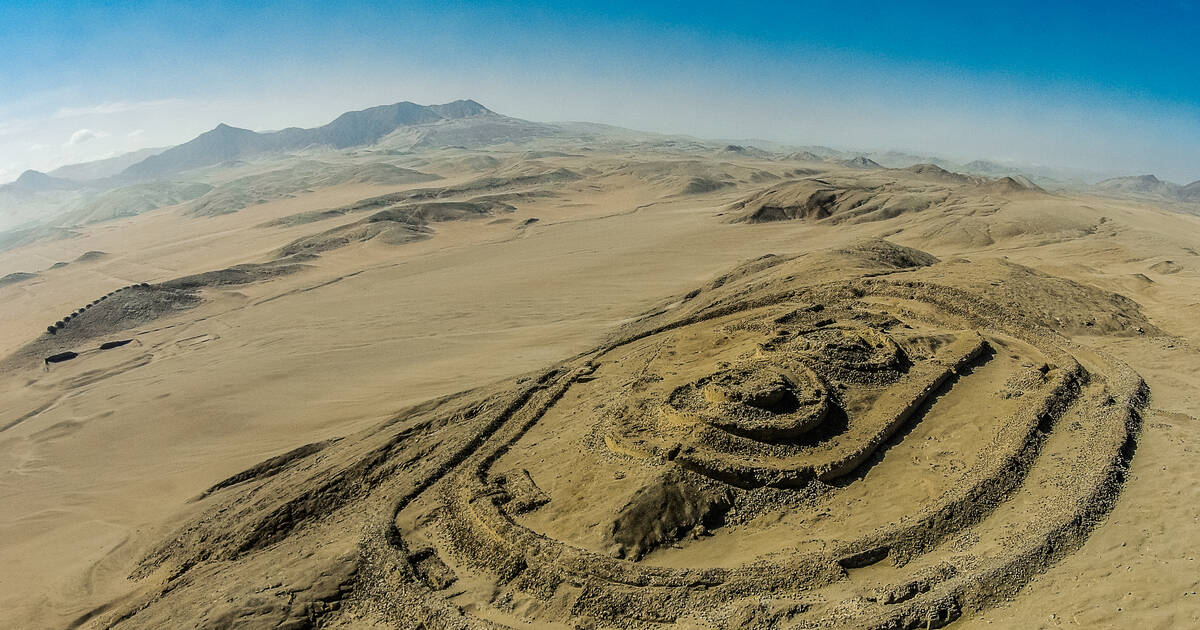
The first observatory discovered in the Americas is the Chankillo Archaeoastronomical Complex. It is a prehistoric site (250-200 BC), located on the north-central coast of Peru, in the Casma Valley, comprising a set of constructions in a desert landscape that, together with natural features, functioned as a calendrical instrument, using the sun to define dates throughout the year. The site includes a triple-walled hilltop complex, known as the Fortified Temple, two building complexes called Observatory and Administrative Centre, a line of 13 cuboidal towers stretching along the ridge of a hill, and the Cerro Mucho Malo that complements the Thirteen Towers as a natural marker. Chankillo is an UNESCO World Heritage site.
I will have to write more later as this list could go on and on. My point is not to diminish the contributions of Renaissance Europeans but to call attention to the fact that in the West, students are often given half-truths and hagiographies of people like Isaac Newton, Galileo Galilei, and the Wright Brothers, Copernicus, Columbus, etc.
While The Indians, Chinese, Arabs, Greeks, and Africans were doing all of the amazing things listed above, the average European was living in the dark ages. Sadly, the Levant's golden age of scientific discovery was stifled soon after.
The reality is that each nation has its political agenda—it’s evident in our education. If I had grown up in China, I would have been taught that all good things in the world come from China. I encourage you to explore a bit—and in the words of Yoda, “unlearn what you’ve learned.”

